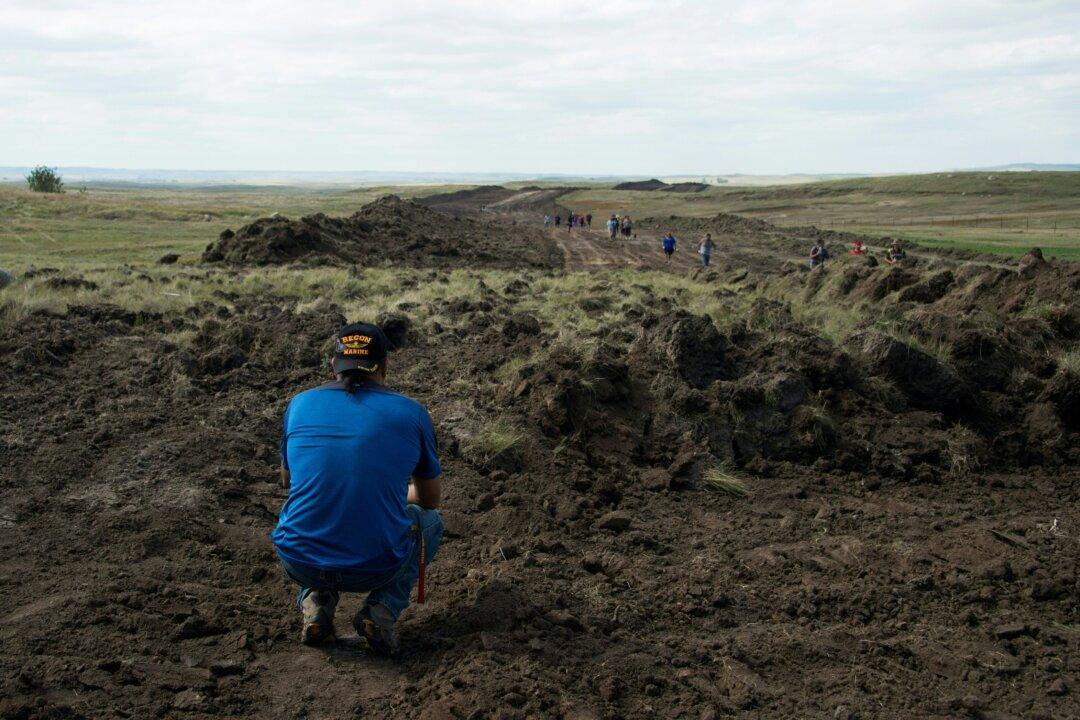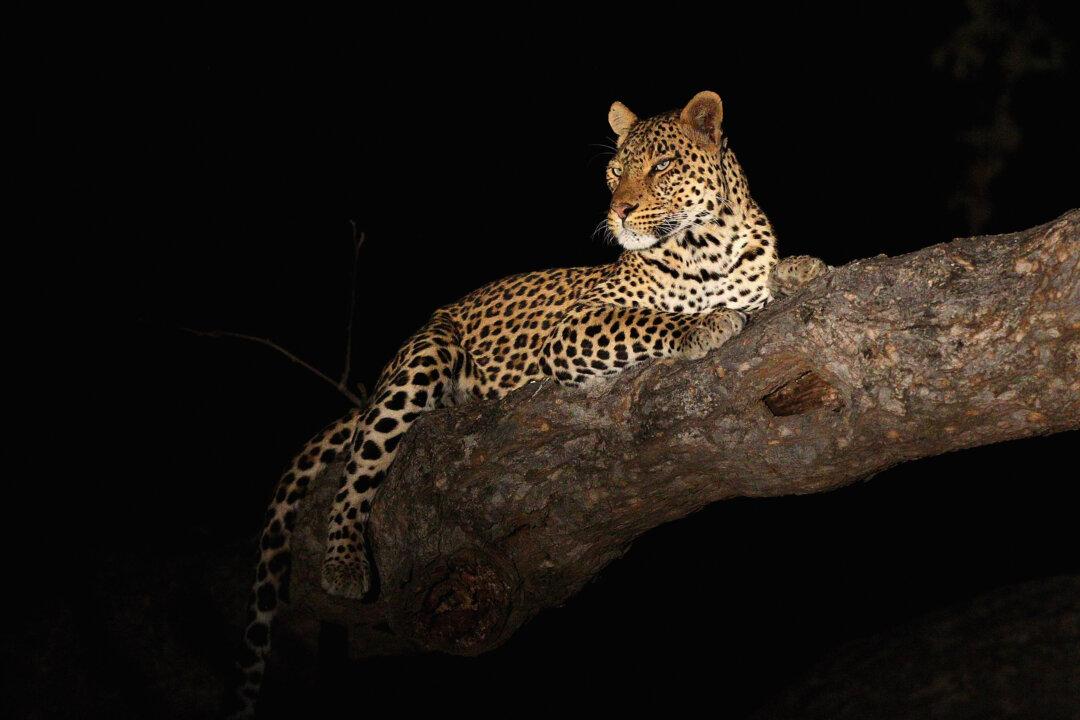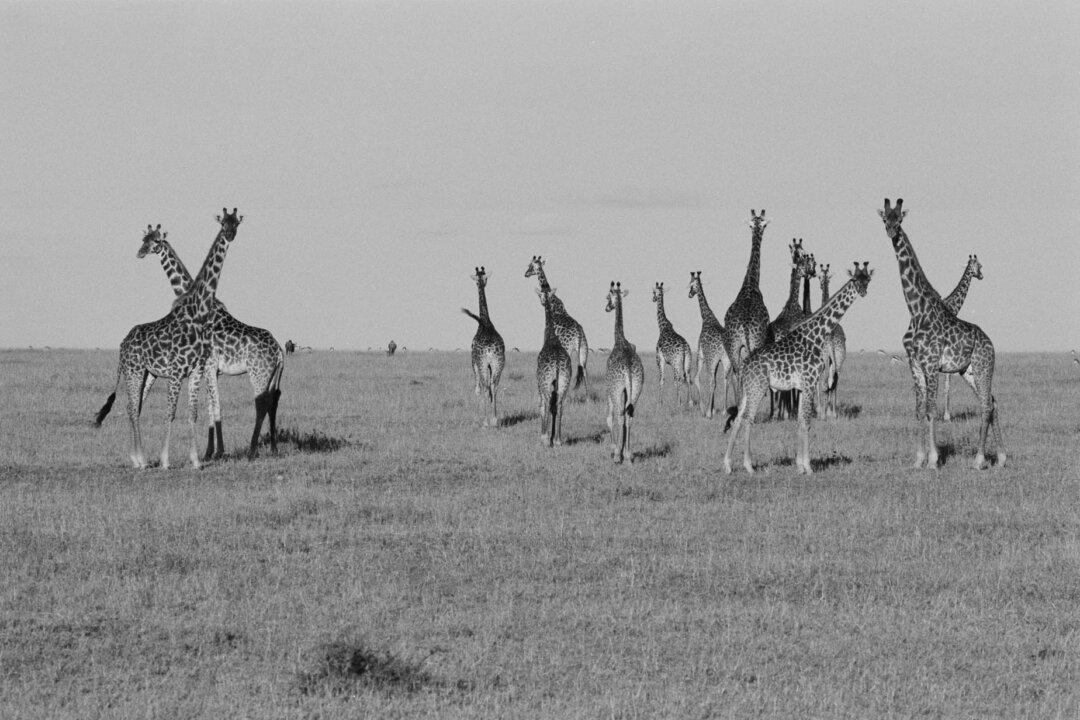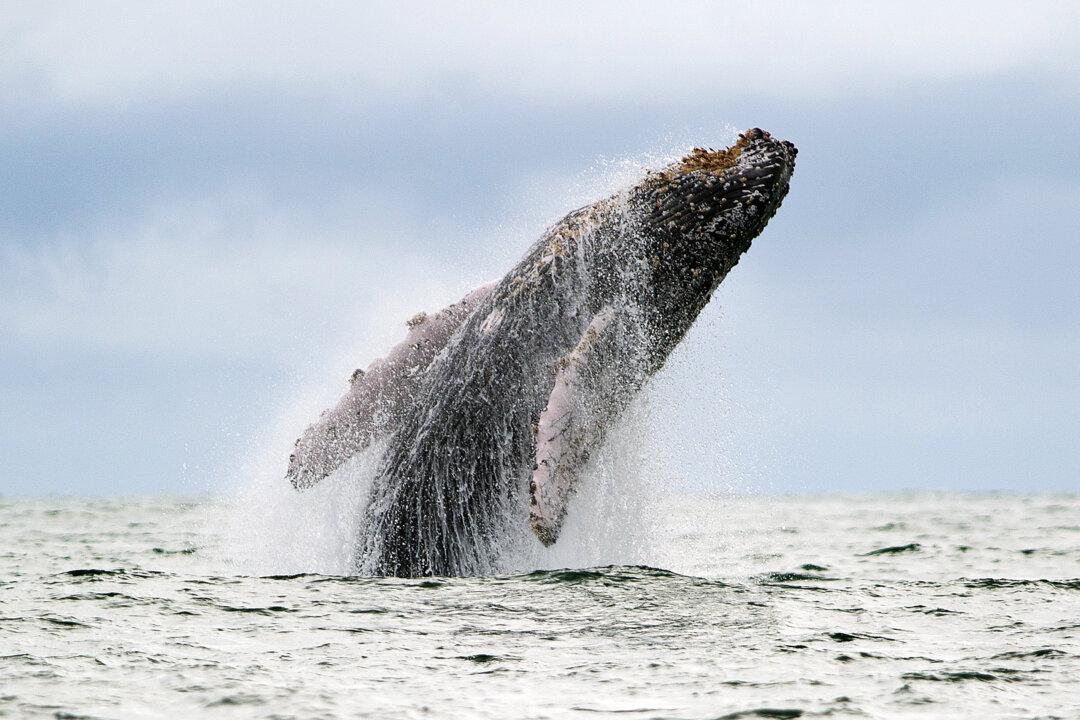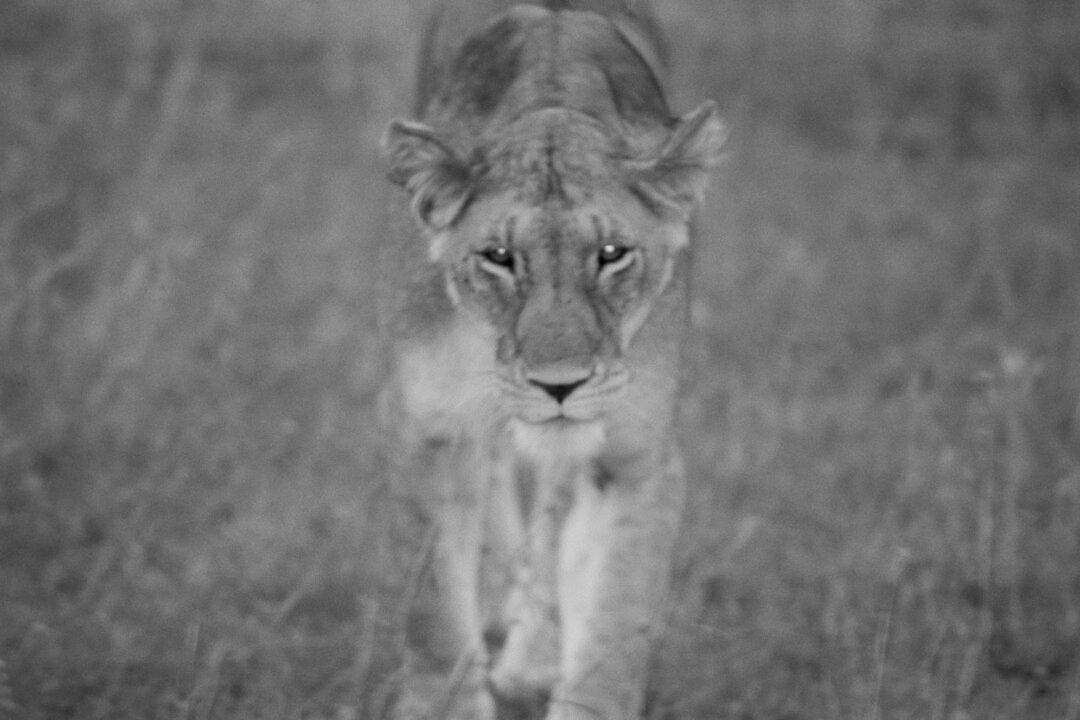Behind this machine comes a century of maniacs and a heat which looks to consume the earth.
-An American Dream Norman Mailer
If you think the Indian Wars are over, think Again!
-Carrie Dann, Western Shoshone Elder
Ours is the time of climate and elemental upheaval, and unfortunately few in the dominant society have listened to the enormous message of the native elders, chief among them the Hopi. Hundreds of years ago they knew about the coming “purification” and other changes to the earth now underway. The European invasion of native lands continues to wreak havoc on the life support system of the planet. The native peoples have decried the flaying and polluting and detonation of the land for centuries and are central to its maintenance, as was written into the Declaration of Independence by the Iroquois Confederacy, “the Laws of Nature and of Nature’s God.” They knew their prophecies were as irreducible as lightening over the mesas. Few in the dominant society listened to them because theirs were the words of mystic shamans and medicine men shrouded in “primitive ways.” But like DH Lawrence, something ineffable from the sky and the mountains moved in my spirit a generation ago as I began to listen and hear testimony from those who are the walking equivalent of the land, and who harbor in their culture the true seeds of continuity and wisdom that our civilization will do well to heed in this late and tested hour.
I remember the drought New Mexico experienced in 2000 when for six months not a drop of rain fell on a ravaged, parched and depleted earth. A Diné (peoples of the Wind, widely known as Navajo) elder was asked to do his Ikah, sand expression used in healing ceremonies, of lightening boy, and Tibetan elders were asked to do a mandala for rain. Each did their proper ritual and prayers and that night mixed their expressions together in a sign of solidarity for two cultures who are in essence, two sides of the same coin, and spread them in the dry Santa Fe River. A marvelous thing happened. It started to rain like seeds of miracle from another time and place. One can ponder the seeming metaphysics or ignore them. But explanations will falter in trying to unravel the coefficient of the life force. The dominant society in seemingly mastering external physical power only, has ignored the invisible realities and the great web that unifies life as we know it. NASA scientists even came to ask native elders of their knowledge of climate change because they knew their computer models did not have all the answers, and they needed a different perspective. If Hopi elders had been able to persuade Wall Street and the business-as-usual model, I doubt that carbon dioxide would be such a menace today. It is ironic that the most flagrant methane cloud observable comes from the four corners area of the United States, precisely where the Hopi live. I heard from an eloquent grandmother from San Ildefonso Pueblo, New Mexico that things were underway which would change the world, and that our so called civilization was living “on borrowed time." Many come to the southwest for a job, or simply to live. Some build their overweening, often overbearing mansions with no regard for the genius of the land. They think themselves the masters of the universe. But beneath their feet, beneath America’s arrogant and outstretched maw, a universe crawls with an intelligence about which they have no understanding.

